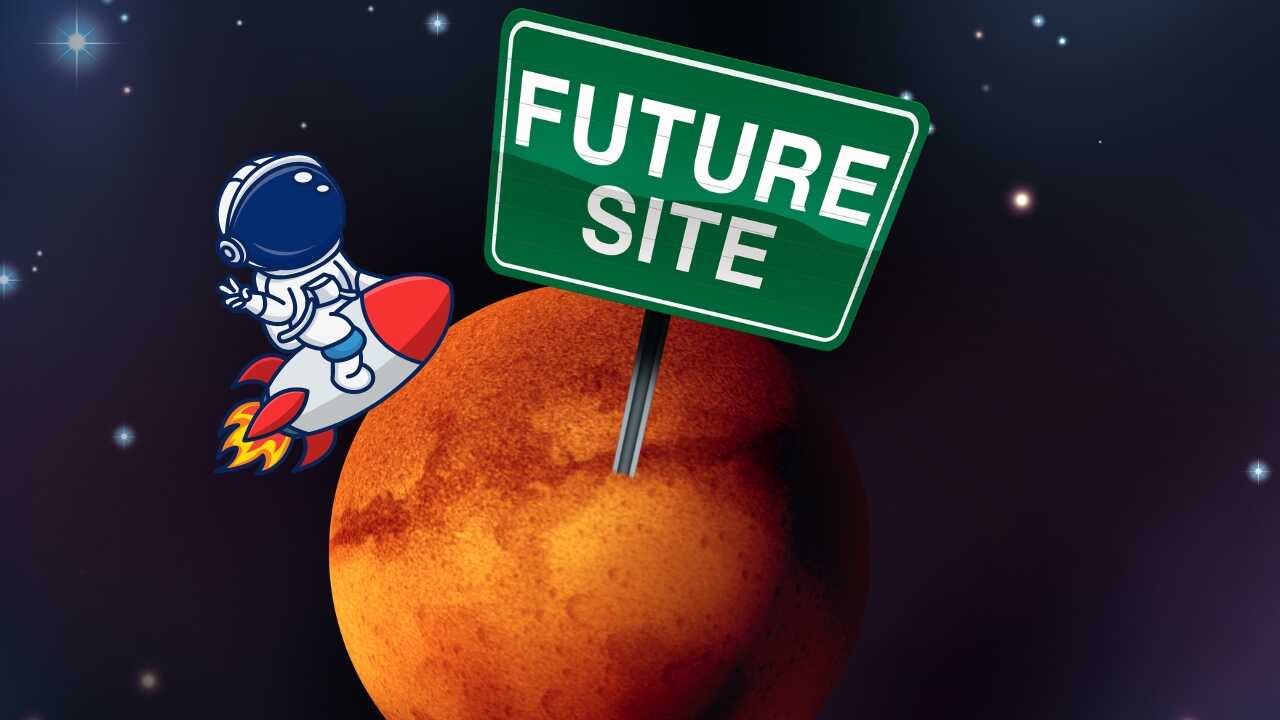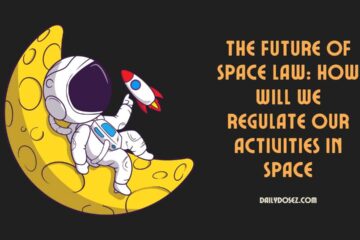Embarking on a journey to Mars is the epitome of human ambition and curiosity. The Red Planet has captured the imagination of scientists, space enthusiasts, and the general public alike.
As we delve into the question of “how long does it take to get to Mars?” we uncover a fascinating blend of science, engineering, and determination that propels us towards this distant celestial neighbor.
The Launch and Hohmann Transfer Orbit
In our quest to reach Mars, the journey begins with the launch. A meticulously planned event, the launch marks the commencement of an interplanetary expedition. To reach Mars efficiently, scientists leverage a concept known as the Hohmann transfer orbit.
This orbital maneuver allows us to take advantage of the varying distances between Earth and Mars, minimizing the energy required for travel.
The Average Duration
As we eagerly anticipate the moment when our spacecraft touches the Martian surface, the question lingers: how long will the journey take? On average, a one-way trip to Mars, utilizing the Hohmann transfer orbit, spans around 6 to 8 months.
This timeframe encompasses the launch, cruise, and arrival phases. It’s important to note that the exact duration can fluctuate based on several factors, including the specific alignment of the planets at the time of launch.
The Influence of Orbital Positions
The positions of Earth and Mars in their respective orbits play a pivotal role in determining the duration of the journey. Optimal launch windows occur approximately every 26 months, during a phenomenon known as “Mars opposition.” This is when Mars and Earth are aligned on the same side of the Sun, allowing for a relatively short travel distance.
Technological Advancements and Future Prospects
In recent years, technological advancements have significantly impacted our ability to traverse the vast expanse of space.
As we venture towards the future, the potential for even faster journeys to Mars becomes tantalizingly real. Innovative propulsion systems, such as ion drives and nuclear thermal engines, hold the promise of reducing travel time to Mars to as little as 3 to 4 months.
Psychological and Physical Challenges
While the focus often rests on the technical aspects of interplanetary travel, it’s essential not to overlook the psychological and physical challenges that astronauts must overcome. Extended periods of isolation, confined spaces, and exposure to cosmic radiation pose unique hurdles that demand thorough preparation and resilience.
The Martian Sojourn
Upon reaching Mars, the adventure is far from over. The duration of a stay on the Red Planet varies based on mission objectives and available resources. Martian missions typically span from several weeks to over a year, encompassing critical tasks such as scientific research, sample collection, and technology testing.
The Road Ahead: Achievements and Aspirations
Humanity’s journey to Mars represents a pinnacle of scientific achievement and collaborative effort. With each mission, we gain valuable insights into the mysteries of the cosmos and our potential to inhabit other worlds.
As space agencies and private enterprises continue to invest in space exploration, the timeline to Mars could evolve further, culminating in a new era of interplanetary travel.
Conclusion
In the grand tapestry of human exploration, the quest to reach Mars stands as a testament to our insatiable curiosity and unyielding spirit. While the journey itself spans months, the impact of our endeavors resonates across generations.
As we gaze towards the distant crimson orb in the night sky, we are reminded of our capacity to push boundaries, transcend limitations, and pave the way for a future where the stars are not just distant pinpricks of light, but tangible destinations awaiting our arrival.




